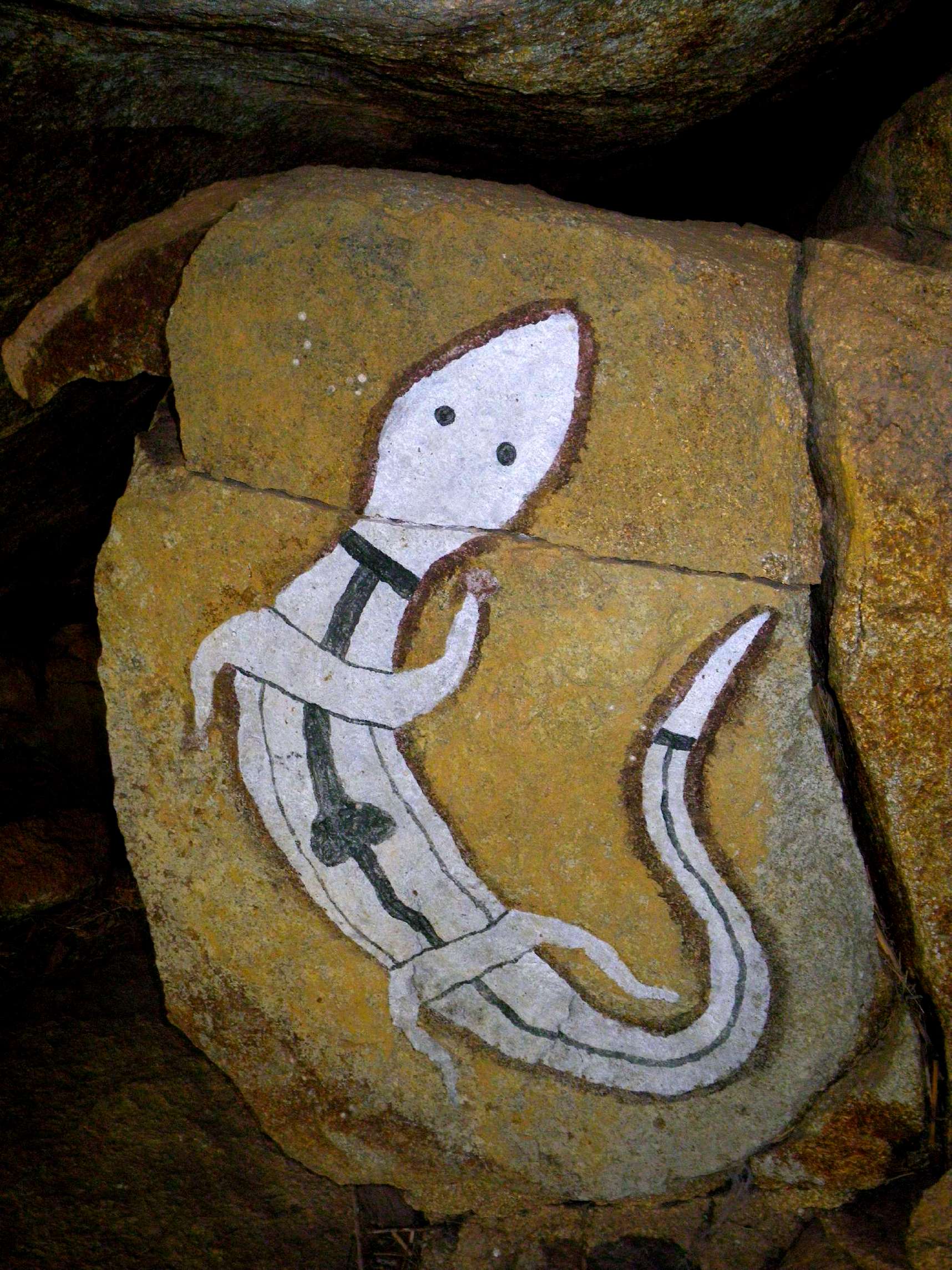It's a scorcher, over 100 degrees. This is July on the semi-arid Columbia Plateau. It's a good day to go sit in a lake.
You've tied up yet another muddler.
You kick out into the channel this time. You want to see how it's doing. Your plan is to work the shoreline down to the west side.
Then you get to the channel drop off. There's a south breeze, and the current is flowing out of the channel. In the past, fish have set up here to get their groceries delivered right to them. You clip off the muddler and rig a nymph under an indicator.
You try several nymphs before you hit one that gets a hit. You must have set late: the fish is hooked on the outside of its lip. That was fun.
You keep at it, drifting your nymphs out over the drop off. You decide again that occasional bobber fishing is good for the soul.
After a whole series of nymphs you tie on a tan caddis nymph and get a quick tug. This time the fish is hooked on the top of its head. How did it do that? Or is it you?
The breeze settles down. You hope that might get more fish working.
It doesn't. Activity drops off over the drop off.
You kick back into the channel. Nothing happening there, either.
A little garter snake feels safe making a water crossing. You can imagine that there might be Browns in this very lake that, under different circumstances, would make a quick meal of him.
You start down the shoreline toward the west side, but you're fishing a deer hair caddis instead of the muddler. The bank seems deserted. You cast out into open water; it seems deserted, too.
You look at the glittering reflections on the lake. This is your silver and gold. You are a wealthy man.
You get halfway down the shoreline and turn around and start back. You still think the channel or the drop off should wake up sooner or later.
The breeze has come back--from the opposite direction. Maybe that will get fish working. It doesn't.
You go back into the channel. The breeze goes away again. Still no rises.
You keep laying the caddis out there, then an ant, hoping to make an offer some fish can't refuse.
But you're all alone.
You extend your tippet, tie on a bead head woolly bugger, and make a big loop trolling.
Have you ever gone to the place where the party is supposed to be--you're sure this is where it's supposed to be--and no one's there?
























































